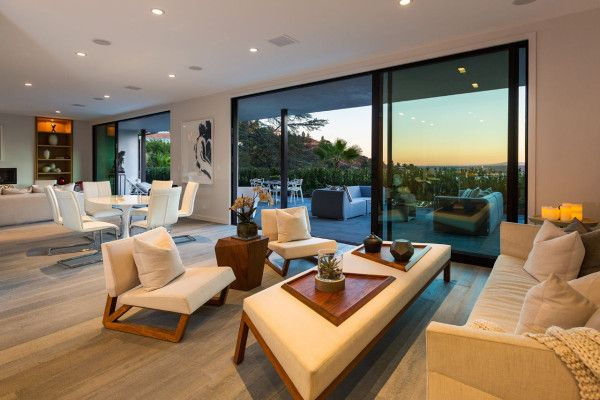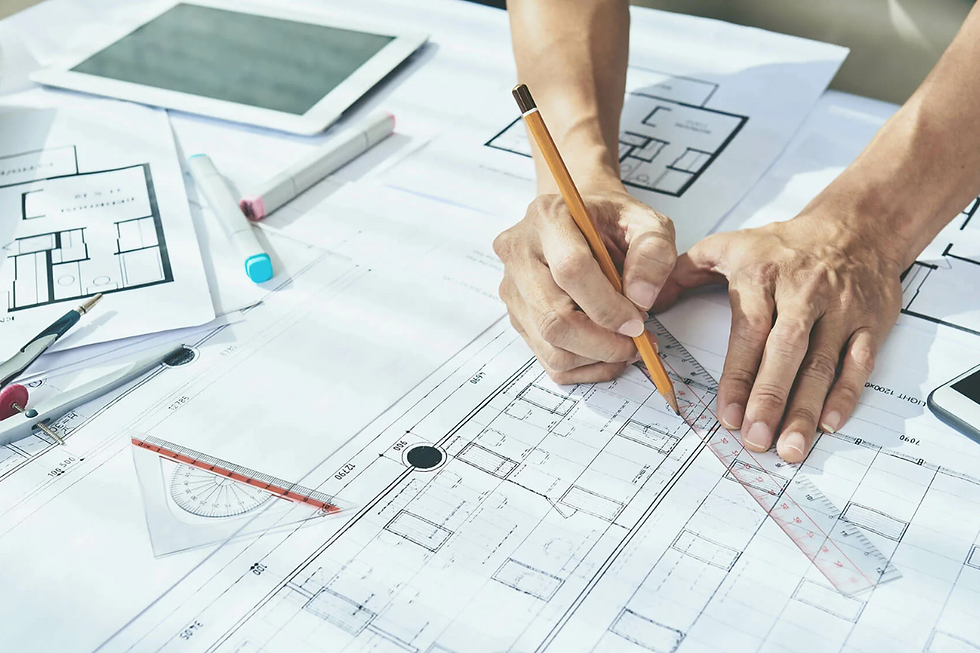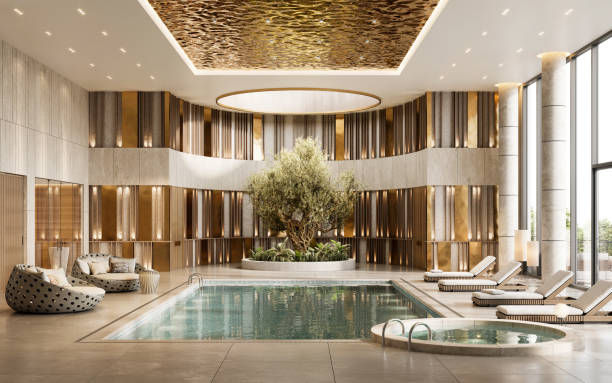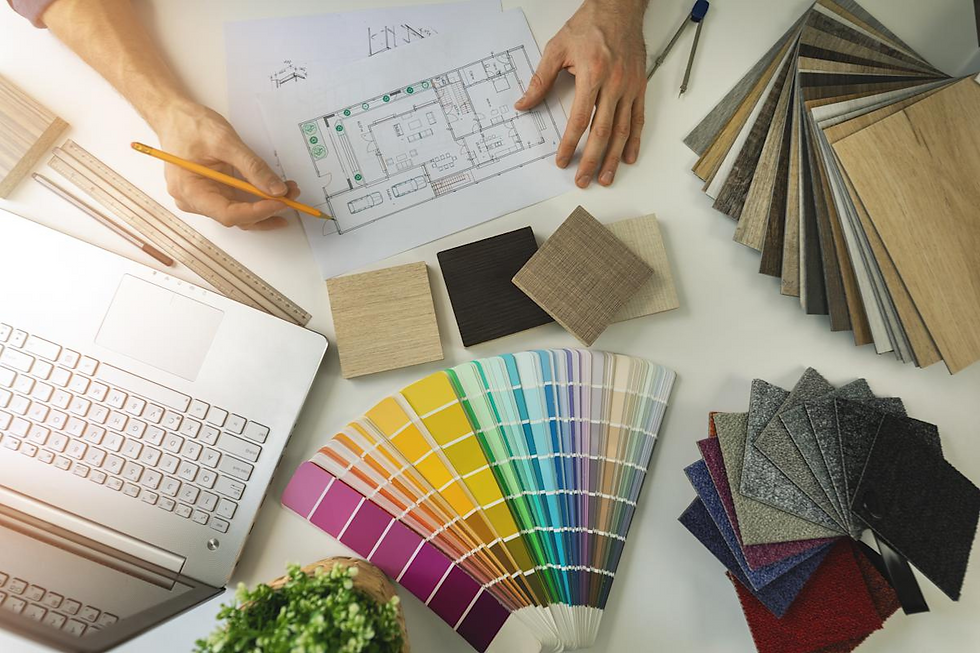What Interior Designers Wish Clients Knew from Day One
- Lisa Merkle
- Jun 25
- 4 min read

Hiring an interior designer can transform your area, but it involves more than just changing the furniture and choosing new materials. Most clients are unaware of how much goes on behind the scenes. Even if many homeowners are eager to start the design process, most arrive with misunderstandings or a lack of knowledge that may cause delays or confusion.
Here are some things interior designers wish every customer knew before the job began to save time, money, and worry.
1. It's Not Just About Decorating
Interior design is a complex balancing act between structure, function, and beauty. Designers consider space planning, lighting, architecture, colour psychology, and the everyday usage of each room.
Making a space "look good" isn't the only thing a designer does; they must also make it fit your lifestyle while still appearing fantastic. Customers aware of this are more likely to receive a customized, highly functional design.
2. Your Budget Is Very Important
Although discussing money can be awkward, it's necessary. Uncertain or impractical budgeting is one of the main causes of project delays. Although interior designers can operate within a range, they must be aware of it upfront.
The price of the designer's services is only one aspect; other expenses include labour, shipping, permits, furniture, accessories, and occasionally even storage. Being open and honest from the beginning guarantees that every dollar is spent prudently and avoids disappointment.
3. Pinterest Aspirations Must Be Reasonable
Though useful, design inspiration boards aren't necessarily grounded in reality. Did you rescue that nicely designed living room? It may have taken a year to finish and cost $150,000.
Use those pictures as a starting point for colour schemes or moods rather than expecting a perfect duplicate. Count on your designer to translate that inspiration into a style that complements your living area, price range, and way of life.
4. It's a good thing that design takes time.
The time required to create a beautiful design is among the most unexpected things for new clients. From concept to completion, a single room might take many months due to the need to create floor plans, source goods, purchase materials, and wait for deliveries (and delays).
Build in more time than you anticipate if you intend to renovate several rooms or your entire house. Designers are being thorough, not sluggish.
5. Have faith in the professional and the process.
Employing a designer means trusting someone to recognize and improve your demands. However, the process becomes less cooperative and more disorganized if you consistently disregard their recommendations or question every decision.
Although they value criticism, interior designers also use their education and experience to guide their choices. Be receptive to concepts you hadn't thought of since you can end up loving the result much more than you had anticipated.
6. You Are Important Even Though You Are Not Their Only Client
Designers manage several projects, suppliers, contractors, and deadlines. They have additional duties in addition to being committed to your place. Slower responses or delays don't indicate that you're being ignored; rather, they indicate something is happening behind the scenes.
A competent designer will understandably express expectations. Being considerate of deadlines and cognizant of their burden as a customer helps foster a more seamless and fruitful working relationship.
7. There's a Price for Changing Your Mind
Although revisions are necessary parts of the process, making changes too often can lead to serious difficulties, particularly after supplies have been ordered or work has begun. Every change impacts the budget, the schedule, and even the finished product.
Make an effort to decide early and with confidence. Although your designer can offer guidance, each modification increases complexity and costs.
8. You're Employing a Group, Not Just an Individual
The majority of interior designers collaborate with others. They frequently have suppliers, contractors, project managers, and helpers who all help realize your idea. Each team member contributes in some way, and communication is multi-layered.
Allow the designer's team to complete their portion while respecting the workflow. Faith in the team guarantees that your project will be managed expertly.
9. You, Not Just the Designer, Are Reflected in Your Space
Although each designer has their distinct style, exceptional designers pay close attention to your individuality and way of life. Instead of making you feel like you entered a showroom or someone else's home, the finished product should feel like you.
The more details you provide about your habits, tastes, and even pet peeves, the more customized the design becomes. This reciprocal interaction transforms a design from "nice" to "uniquely yours."
10. It's All About Communication
Many problems throughout a design process can be avoided with open and honest communication. Don't be scared to ask questions or express concerns. Pay attention when your designer explains why something is (or isn't) doable.
Regular check-ins, quickly approving decisions, and rapidly responding to communications all help to keep things moving forward.
Concluding Remark: Investing in Your Happiness Through Good Design
The goal of designing your space is to create a place where you feel inspired, proud, and at ease, not only to increase its resale value. Bringing in a designer means investing in a transformation rather than buying a service.
Knowing what interior designers actually require can make the process go more smoothly, quickly, and enjoyably, regardless of how big or small your home is. If you want to update your space or plan a remodel, consider contacting seasoned Los Angeles interior designers who are familiar with the local market, environment, and style.



Comments